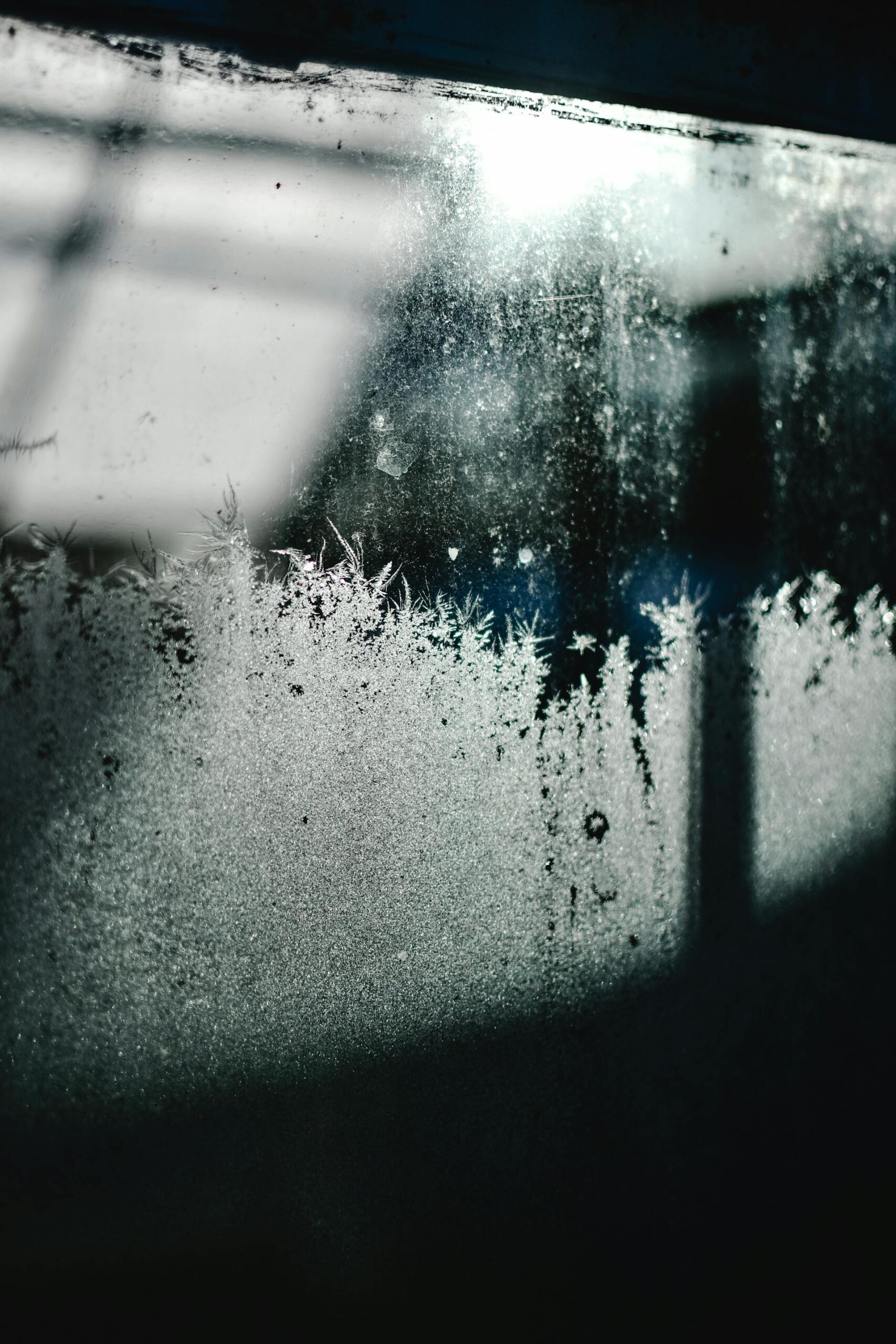Your windows bring you warmth, keep you cool during the peak summers, and illuminate your home during the day, bringing in natural light.
However, during the harsh winter months, many homeowners face a perplexing issue—ice forming on the inside of their windows. This raises an important question: Is ice inside windows normal, or is it a warning sign that something is wrong with your home?
If you are in a similar situation and are confused, let us give you a rundown of the whys and when you should be concerned.
What are the Common Reasons for Ice Forming on Windows?
Numerous factors could contribute to the formation of ice on windows, which explains why being aware of the causes is crucial.
Here’s why it happens:
- Firstly, the combination of condensation and moisture is the reason. When the warm, moist air inside the home comes into contact with a cold window surface, it cools rapidly, forming ice.
- If there are temperature differences between the indoors and outdoors, even that can contribute to ice forming on the glass surface.
- Poor air circulation or blocked vents in your home are yet another reason behind the development of ice on the windows.
When is Ice Formation on Windows Normal?
Ice formation on your windows isn’t always a sign of concern. In fact, during extreme cold weather, it is pretty standard for it to happen.
It may be considered “normal” if:
- Ice forms briefly overnight but melts quickly once the sun rises or the indoor heating system kicks in.
- Ice appears only during unusually frigid weather conditions.
- Frost accumulation is minimal and confined to the corners or edges of the glass.
However, even in such situations, it is ideal to keep a close eye on the situation, ensuring that the ice formation doesn’t extend beyond management.
When Should You Be Concerned?
If you notice persistent ice build-up, it is mostly a red flag that you need to watch out for.
Here’s when you should be concerned:
- If ice continuously forms on the windows throughout the day or night, it is a telltale sign that the humidity levels in your home are considerably high, propelling the ice formation outside.
- Another instance that demands attention is when you start noticing ice forming between the panes of double—or triple-glazed windows. It is a sign that the window seals have failed, letting moisture seep into your home.
- Once the previously formed ice melts away, you have to look for signs of stained walls and bubbling paint. Also, if the wood around the windows is soft, it is a sign that the seals are loose and seeping through the window frame and nearby walls.
- If you constantly experience cold drafts near your windows,poor insulation is likely contributing to both the discomfort and the ice buildup.
What Are Some Ways to Prevent Ice Buildup Around Windows?
While it is often normal to experience ice formation on the windows, extensive ice can be disruptive.
The following are a few ways to prevent it:
- Always check your home’s indoor humidity and ensure it is between 30% and 40%, primarily during the winters to prevent ice from forming on the windows.
- Improper ventilation can cause ice buildup, so ensure that the bathrooms, kitchens, and laundry areas are adequately ventilated.
- Consider installing triple-pane, energy-efficient windows with low-emissivity (Low-E) coatings and argon or krypton gas filling.
- Check window frames, sills, and caulking for any gaps or cracks. Properly sealing these leaks helps reduce cold air infiltration.
Final Words
Don’t wait until ice damages your windows and walls. If you notice excessive ice formations, it could be a sign of excessive indoor humidity, poor ventilation, or inadequate window insulation, which often requires professional intervention. Instead of leaving it aside, consider proactively correcting the problems.

